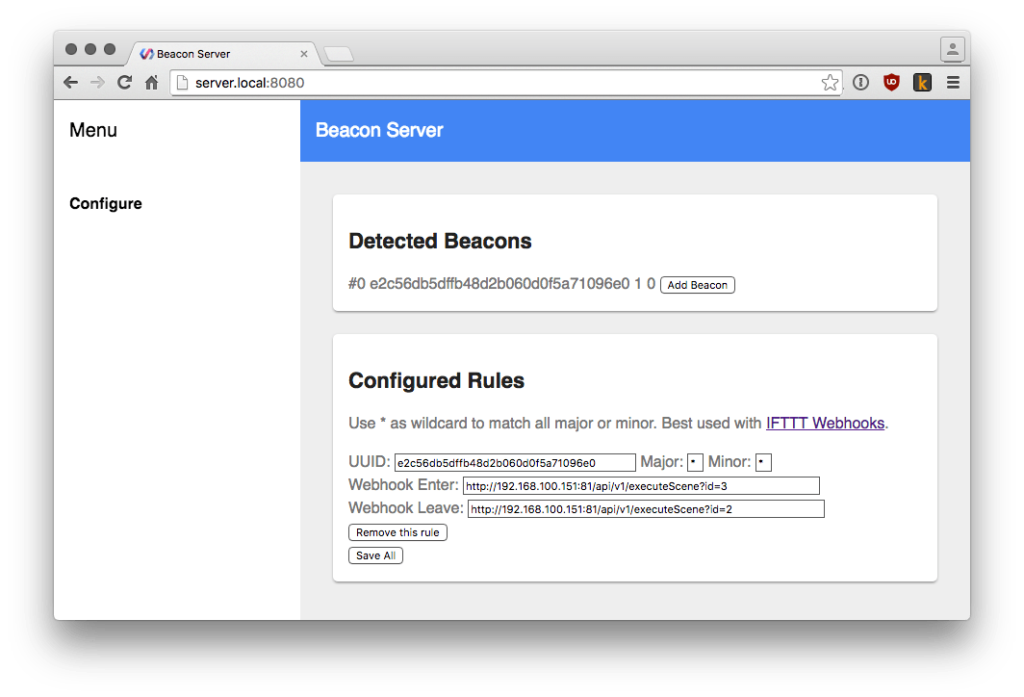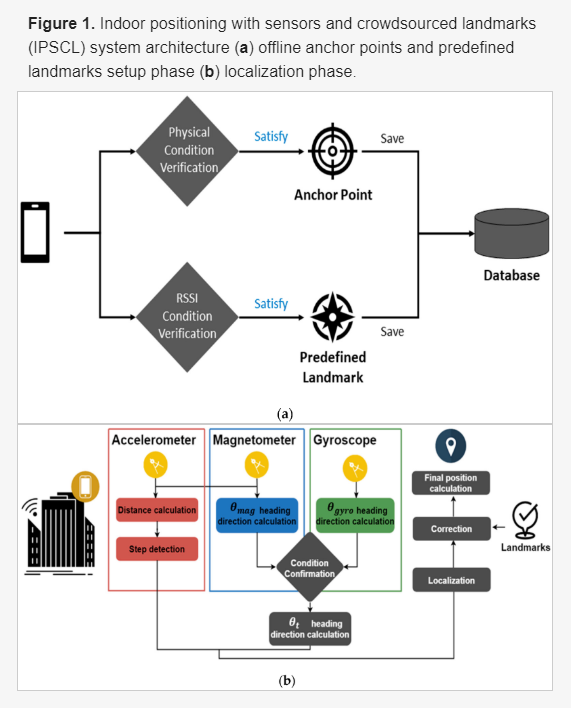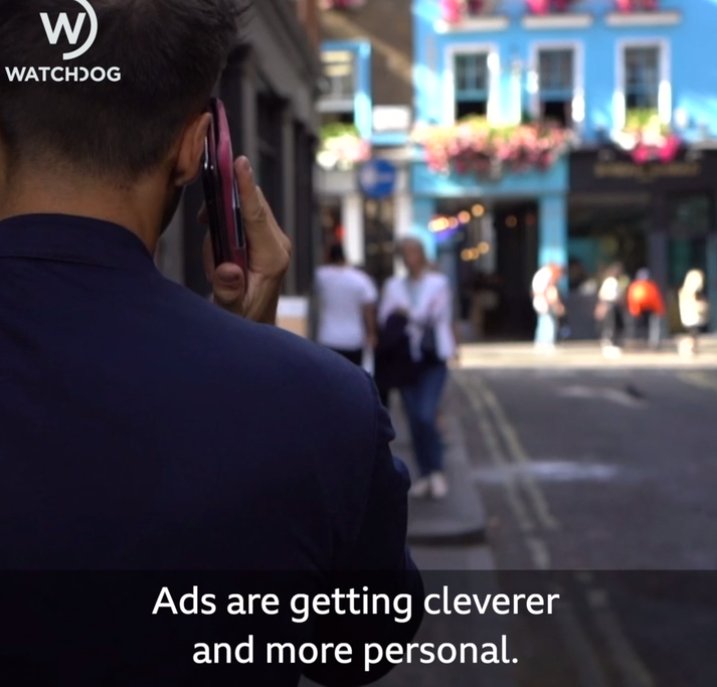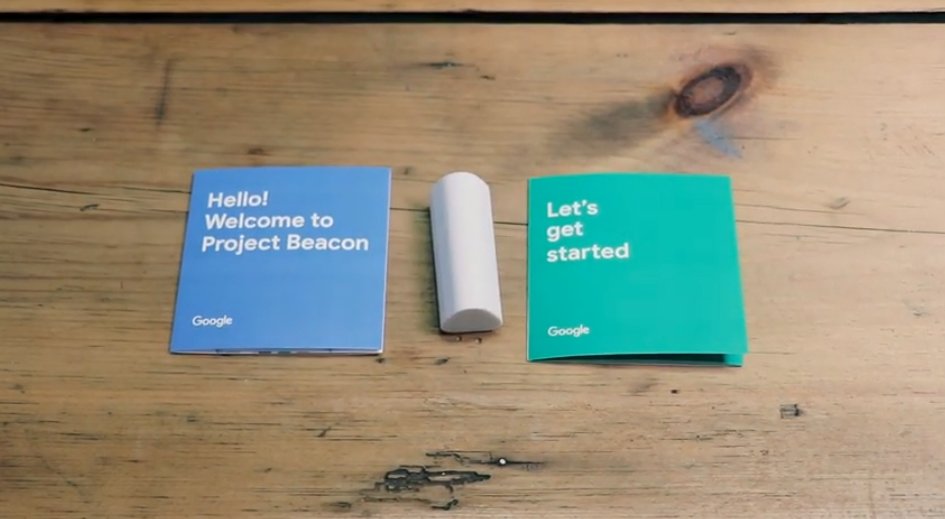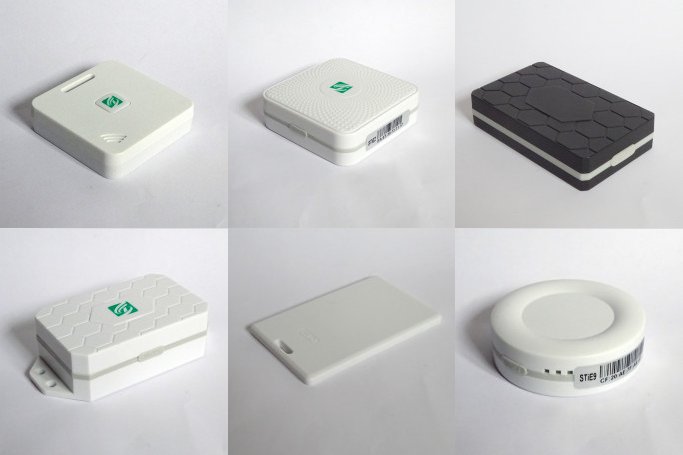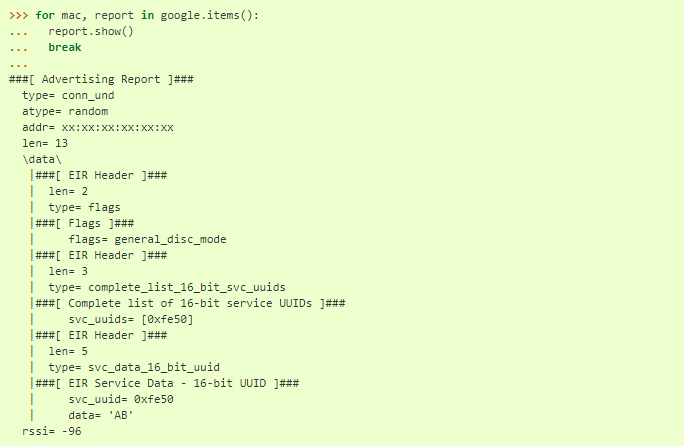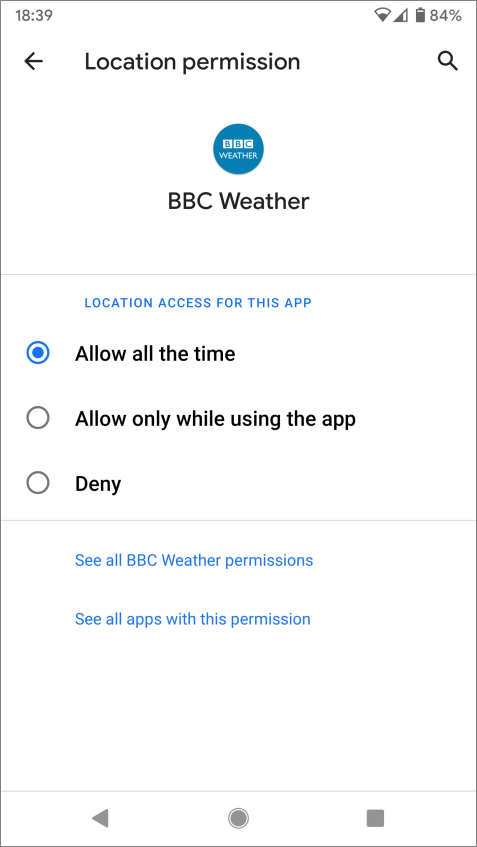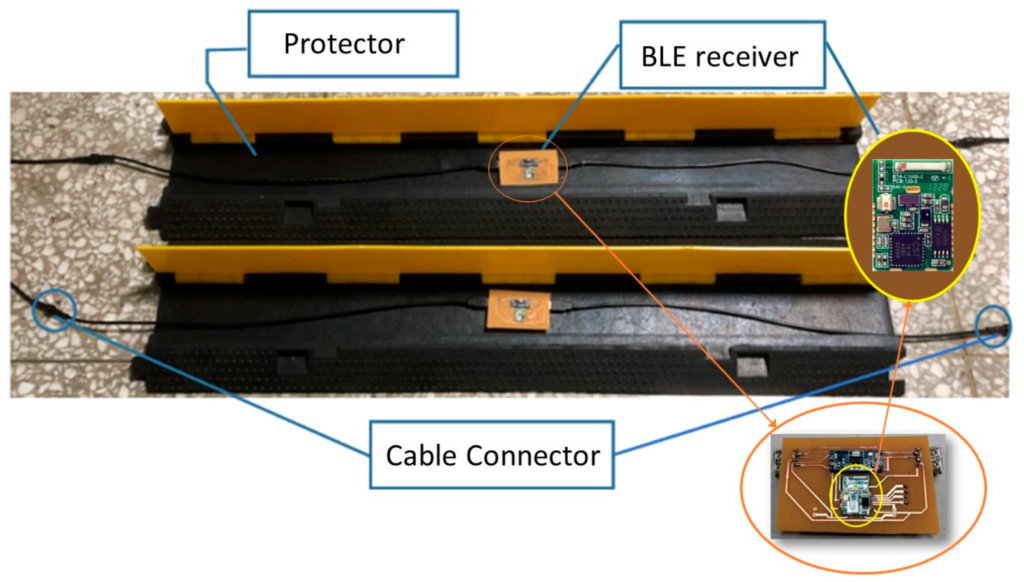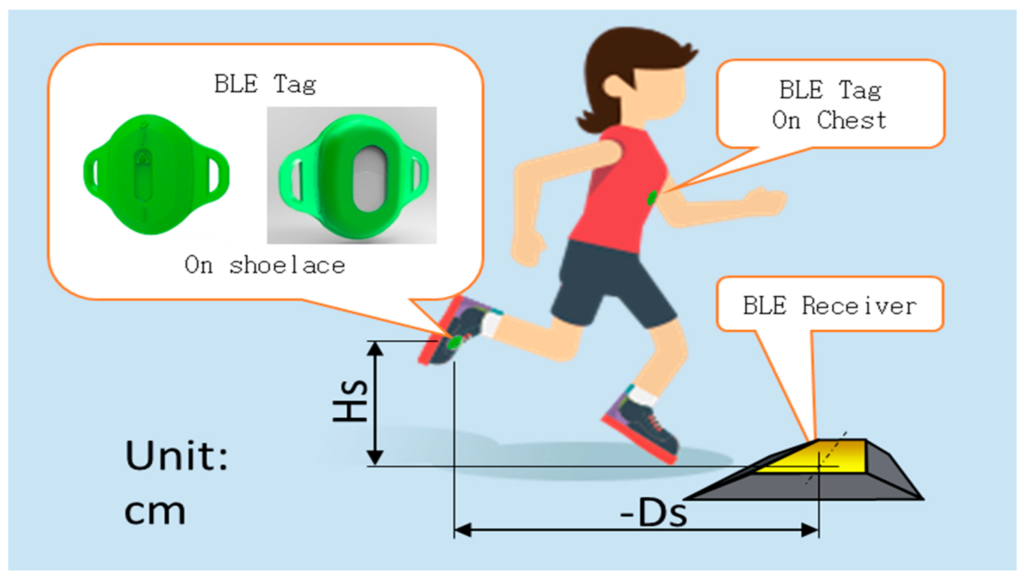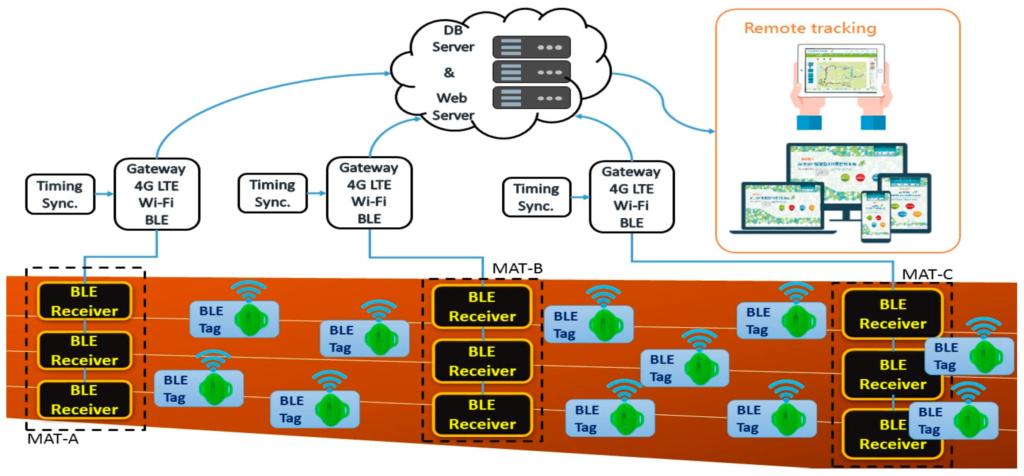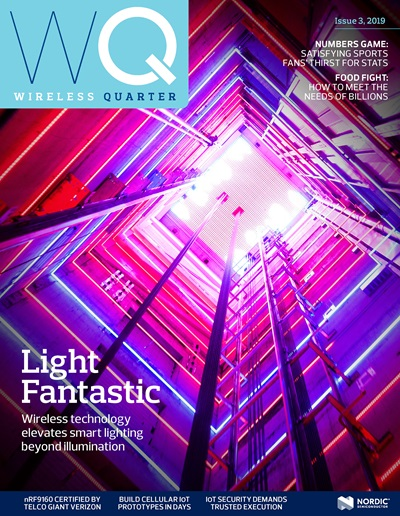While we wait for products based on Bluetooth 5.1 direction finding to reach the market, researchers in the UK and Italy have performed a study Dead on Arrival: An Empirical Study of The Bluetooth 5.1 Positioning System.
The paper tests the market readiness of the Bluetooth 5.1 direction finding by experimentally evaluating the performance of the AoA mechanism. The authors took Software-Defined Radios(SDR) manufactured by Ettus Research and emulated Bluetooth AoA data in order to assess the potential accuracy and security.
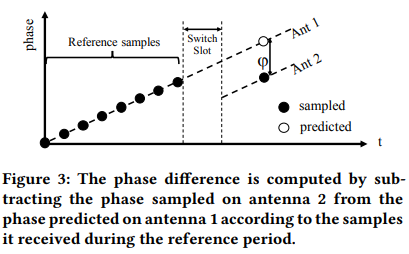
The results show that accurate angular detection is limited to a restricted range:
“Observe that the error is below 85 cm for more than 95% of the positions. However, this is far from meeting the centimetre level accuracy expected by IoT applications, since the absolute positioning error is <10 cm only in 15% of cases. Although offering sub-meter accuracy, is far from achieving centimetre-level precision.”
It was found that a malicious device can easily alter the truthfulness of the measured AoA data by tampering with the packet structure because the Bluetooth 5.1 standard doesn’t enforce any security provisions. The researchers suggest an improvement to the standard, by changing the receiver, so that instead of using one main antenna and switching to the other only for measuring the phase-delay, it keeps the other antenna active for the next packet to be received.
